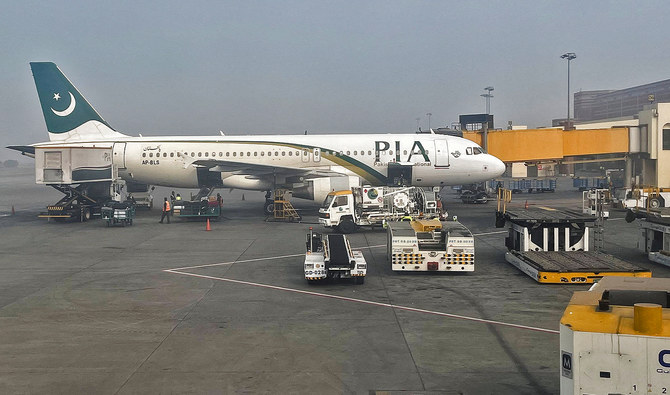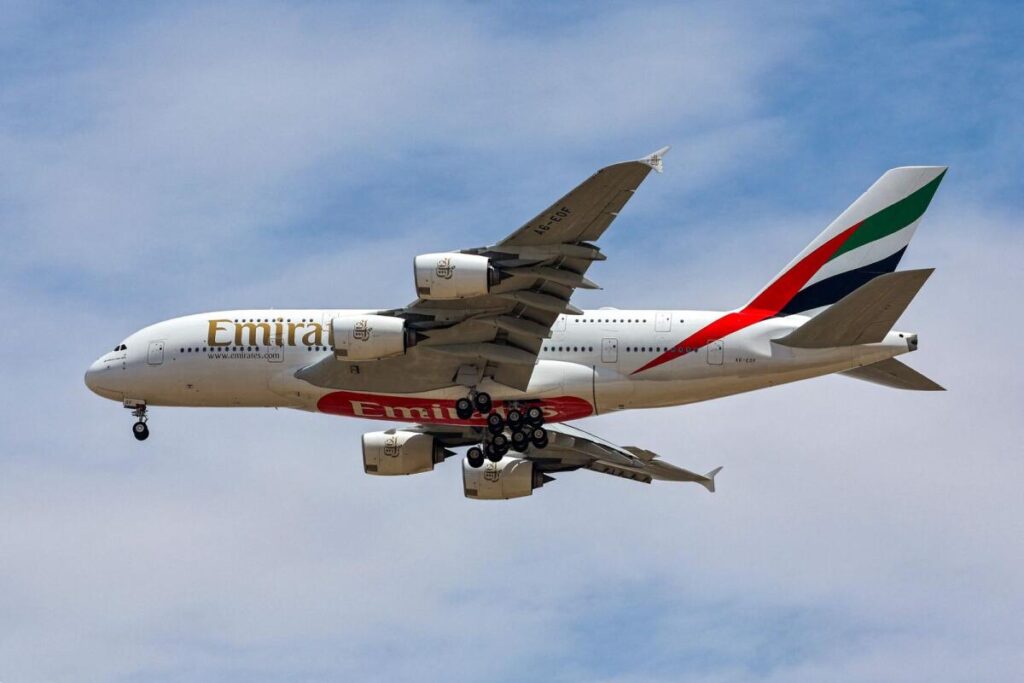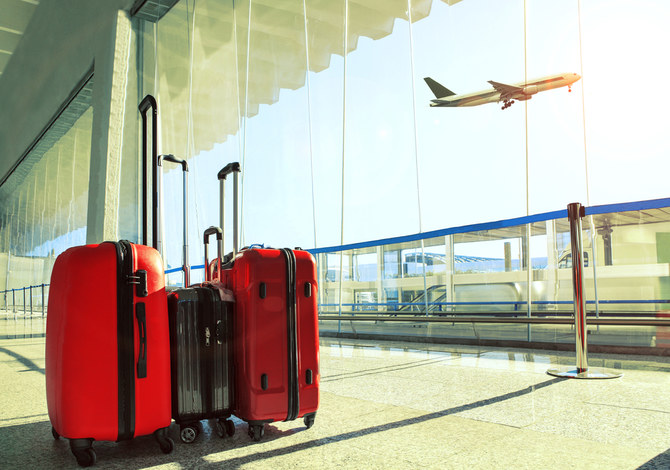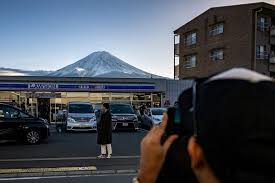
Richard Collett
Seagulls circled Istanbul’s iconic Galata Tower and foghorns boomed across the Bosphorus. Kabatas ferry terminal was a whirl of morning activity, and simitsellers did a brisk trade as commuters crashed through turnstiles.
The sun was shining, but when the ferry – one of the yellow, white and black vapur that connects Istanbul’s myriad neighbourhoods in Europe and Asia – edged into the Sea of Marmara, the January swells rocked it like a drunken sailor.
Steaming past the minarets and high-rise apartment blocks of Kadiköy and Fenerbahçe, my destination was Adalar, a collection of nine islands – just four of them inhabited – that I could already see through the spray-battered windows.
Known in English as “Princes’ Islands”, Adalar is where Byzantine Emperors and Ottoman Sultans banished bothersome princes and political foes into exile. This was the last refuge of the Ottoman Empire’s Greek and Armenian communities, too, and today, the car-free islands – just an hour by public ferry from Istanbul – offer a glimpse into Istanbul’s multicultural past as well as a green escape from Europe’s largest city.
“For places of such sea-swept brilliance and dappled light, which look from Istanbul’s ferries like sunning otters, the Princes’ Islands have a very dark history,” writes historian Bettany Hughes in her book, Istanbul: A Tale of Three Cities. “Princes have been blinded, tortured and imprisoned here. What is an invigorating boat trip to the archipelago today would more typically have been one of pain in earlier centuries.”

The Princes’ Islands are an hour by public ferry from Istanbul (Credit: Richard Collett)
Thankfully, the tortuous tradition of removing an exile’s eyes before embarkation disappeared long ago, but my guide for the day, Özge Acarfrom Istanbul Tour Studio, explained how the archipelago has since evolved into a place of self-imposed exile.
In the 1930s, Leon Trotsky, hunted by the Soviet Union’s assassins, sought refuge in Adalar, she said, while legions of writers and artists – including Istanbul novelist Orhan Pamuk, whose family owned a house here – have mined the islands for inspiration. Acar went into a self-imposed exile here herself when she spent months isolated on the remote shores of Kınalıada, Adalar’s smallest inhabited island, during the pandemic.
“In winter, just 500 people are living on Kınalıada,” she said as we cruised past the 1.3 sq km island. “I didn’t want to deal with Istanbul, so I went into a voluntary exile. There are only five or six ferries a day, so you see the same faces, you speak to the same people, and you learn their stories.”
Acar – who isn’t just a tour guide but a trained epigraphist with a robust knowledge of ancient languages – pointed out the four inhabited islands in turn, listing the modern Turkish names as well as their original Greek monikers. From smallest to largest, there’s Kınalıada (in Greek, “Proti”, which means first), Burgazada (Antigoni), Heybeliada (Halki) and Büyükada (Prinkipo).
“Many of the people who traditionally lived on the islands are from Istanbul’s minority groups,” said Acar, explaining how the islands kept a strong Byzantine identity even after the Ottomans conquered Constantinople (now Istanbul) in 1453. “Especially Greeks and Armenians. They were often from the upper classes of the multicultural Ottoman Empire, and many of these old families still have houses here.”

Büyükada’s grand ferry port is a reminder of the islands’ Ottoman past (Credit: Liz Coughlan/Alamy)
Multiculturalism was a trademark of the Ottoman Empire, which absorbed hundreds of ethnicities and nationalities from the Balkans to North Africa. But the empire’s dissolution in the aftermath of World War One led to vast population exchanges of Muslims and Christians between the new Turkish Republic and neighbouring countries like Greece.
Istanbul was different, though, and at first, Greeks and Armenians were allowed to stay in the city, and on Adalar. Emigration, integration and, at times, discrimination and pogroms, saw the city’s Greek community diminish through the 20th Century, but some remain to this day in Adalar, a remnant of the Ottoman age of old.
There’s an emotional connection to the past and the islanders are proud of this. They feel they’ve had no interruption to their story, and in some ways, that’s a privilege
“There’s an emotional connection to the past and the islanders are proud of this,” said Acar, explaining how the tough history has forged a unique island identity that’s fiercely independent of the mainland. “They feel they’ve had no interruption to their story, and in some ways, that’s a privilege.
We soon docked at Heybeliada (which means “saddlebag” in Turkish, a reference to its twin hills), the second-largest island in the archipelago where restaurants – many painted in the traditional blue and white of Greek Orthodoxy – lined the harbour and Ottoman-style houses overshadowed wide, tree-lined boulevards. Aside from the odd police car, the islands are car-free, and we hopped in an electric golf buggy that doubled as a taxi for the steep drive to the 9th-Century Monastery of Hagia Triada (The Holy Trinity Monastery).
A Turkish flag flew in the Orthodox Christian monastery’s courtyard, and we were met in the entrance hall by Meletios Stefanatos, a priest in swirling black robes. He gave us the grand tour of a library packed with dusty religious texts and centuries-old copies of ancient epics like the Iliad.
“The majority of people on Heybeliada are now Muslim,” he said, while showing us a chapel stacked with Byzantine icons, some of them more than 1,000 years old. “But there are small groups of Armenian Christians, and maybe 30 or 40 Greek Christians.”
Since the islands are car-free, locals get around on electric scooters and golf buggies (Credit: Richard Collett)
Stefanatos is from Athens, and he’s lived on the island for the last four years. He explained that the Theological School of Halki was founded at the monastery in 1844, but despite being an important place of education, lingering rifts between Turkey and Greece resulted in the school’s closure in 1971.
“But the islanders are so friendly towards us, and we have huge numbers of Turkish people visiting the monastery from the mainland,” he said, adding that they can freely worship, just not teach, in the monastery. “The problem isn’t between Muslims and Christians, or even Turks and Greeks. We have lived for so many years all together, it’s purely a political problem.”
We hiked back down the hill and past a gloriously sandy beach, arriving at the harbour just in time to catch the next ferry to Büyükada. Ten minutes later, we alighted on “The Big Island” where Greek-style tavernas abounded on the seafront.
The islands feel stuck in a time warp, and many of the restaurants, hotels and cafes in Adalar were also painted in the blue and white colours of Greece. Acar explained that islanders like to draw on their heritage to stand out – even if very few people still identify as Greek Orthodox Christians – attracting curious Turkish tourists from the mainland. After a lunch of hummus and vegetable kebabs in a Greek-style taverna that wouldn’t be out of place anywhere in the Mediterranean, we jumped on an electric bus for an island tour.
“Imagine trying to keep this kind of quiet island next to a city with a population of [16 million],” Acar said as we hopped off the bus and hiked up a solitary path to an old Armenian church on the clifftops. “I appreciate the effort. The owners of the €6m or €7m houses can’t bring their BMWs and flashy cars here. The island has a culture and people have to adopt that culture.”
Because no cars are allowed (and with no car ferries, it would be logistically challenging to bring cars here even if they were), locals zip around on electric scooters and golf buggies, while tourists can rent bicycles, take the electric bus or hike. Electric transportation is a welcome change from the first time I visited in 2016, when tourists were taken around on horse-drawn carts. (Horses were kept in unsanitary conditions, so in 2020, the carriages were banned by the local government and replaced by electric vehicles.)

Visitors come to the islands for fresh air and nature (Credit: Mihitiander/Getty Images)
These days the islands are well connected to the mainland (for foot passengers, anyway, who pay around 45 Turkish Lira, or just more than £1, for the journey), but despite this, Adalar has managed to stay surprisingly verdant. As we hiked a few kilometres around Büyükada, we followed trails leading through forests and down to sandy beaches, passing faded summer palaces built for Ottoman princes and often walking in the shadows of minarets. This greenery is a big hit with visitors from the mainland who come here for the fresh air and nature.








